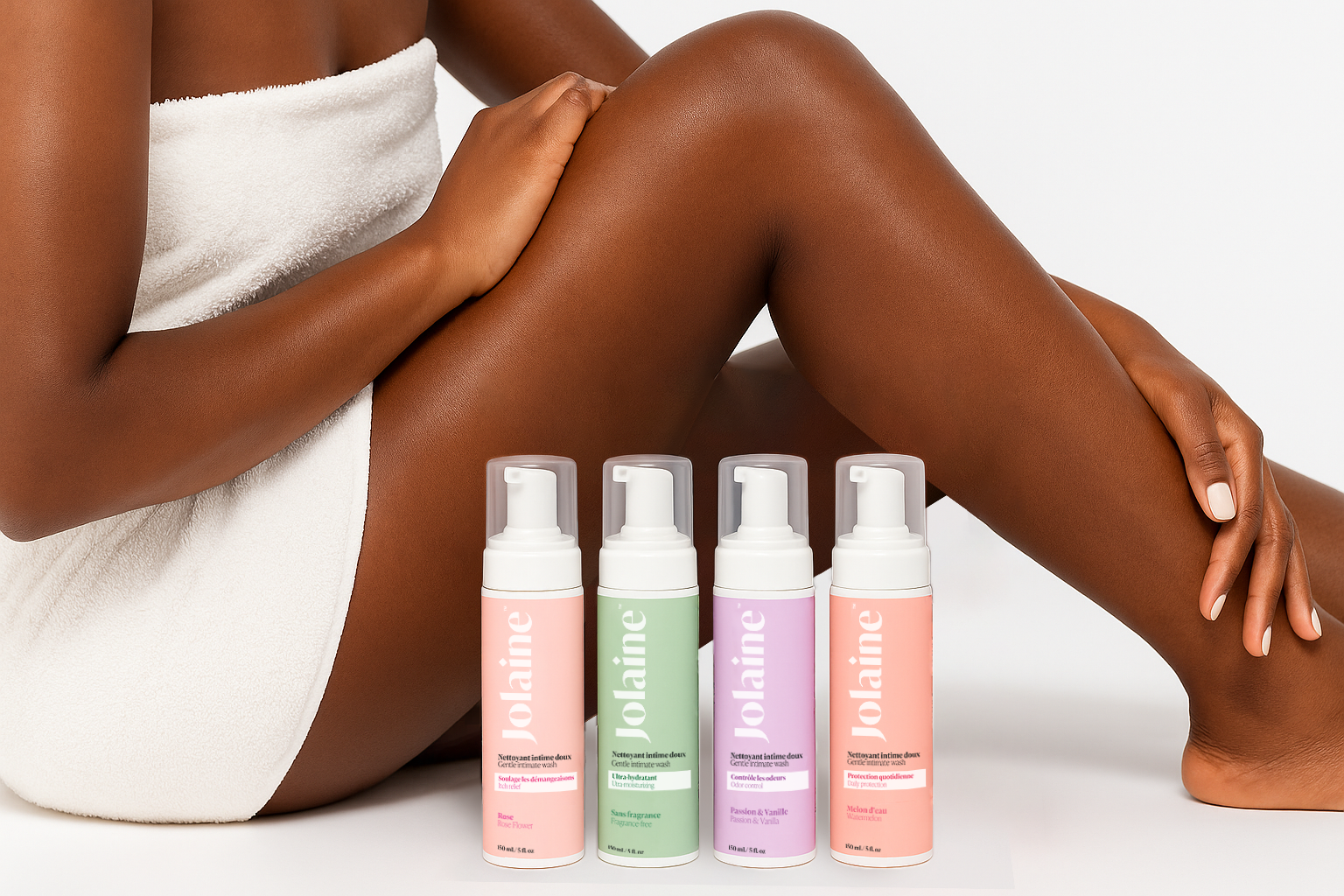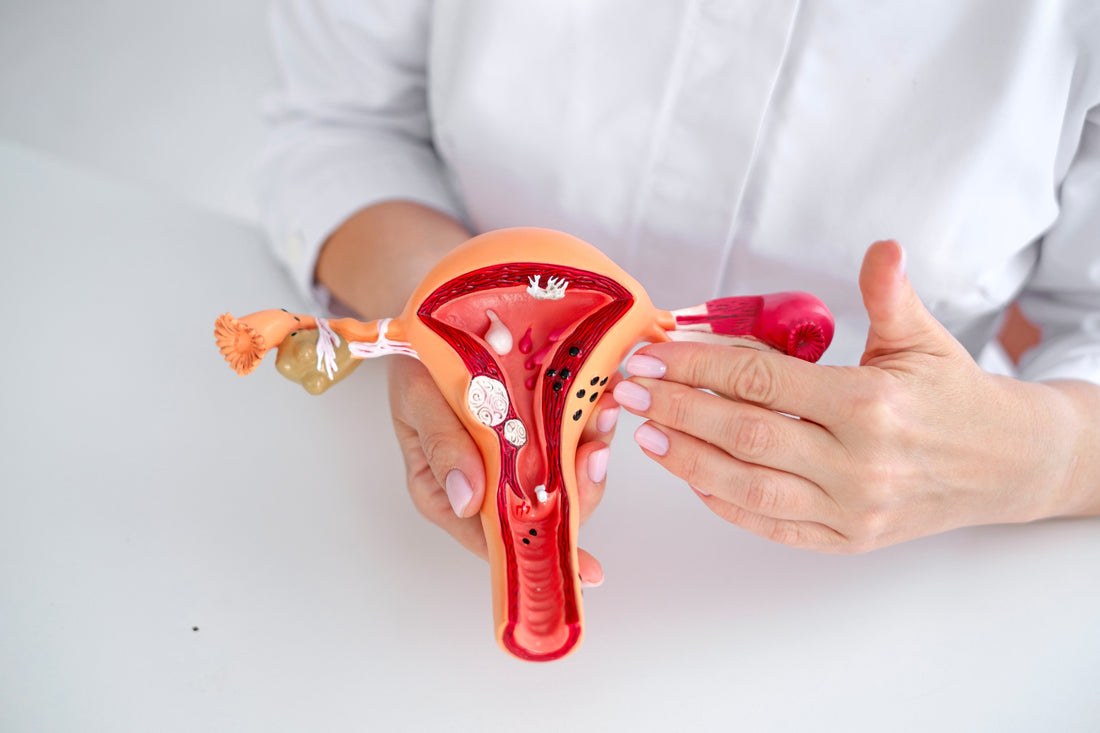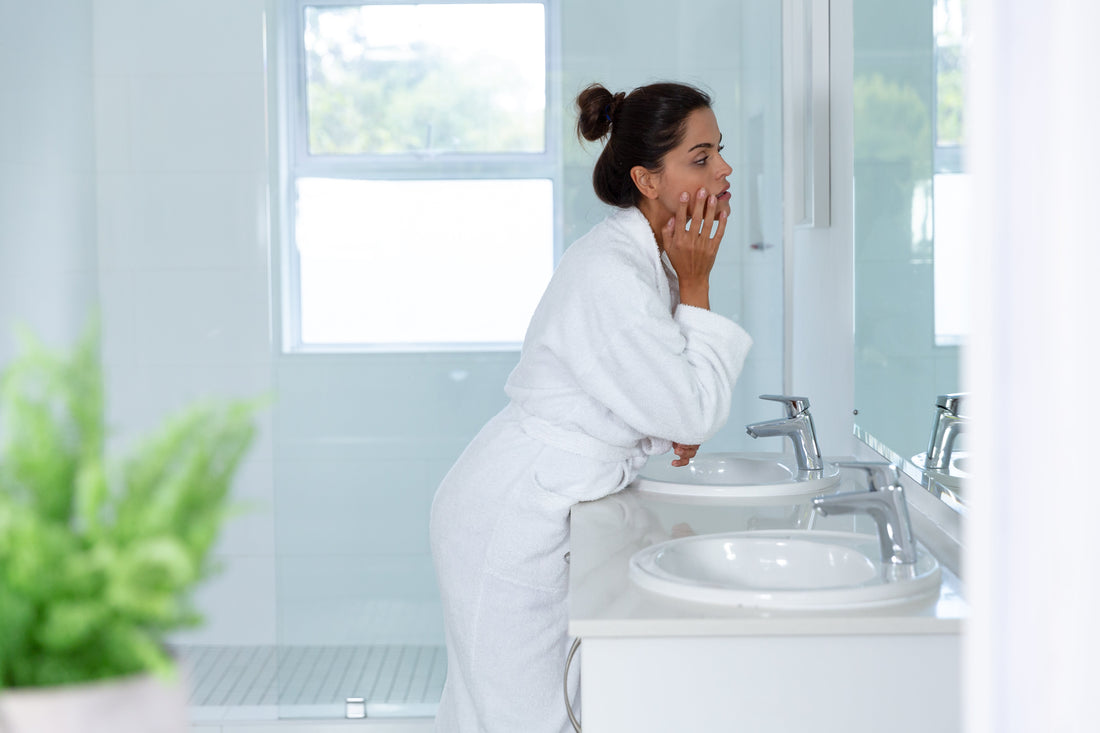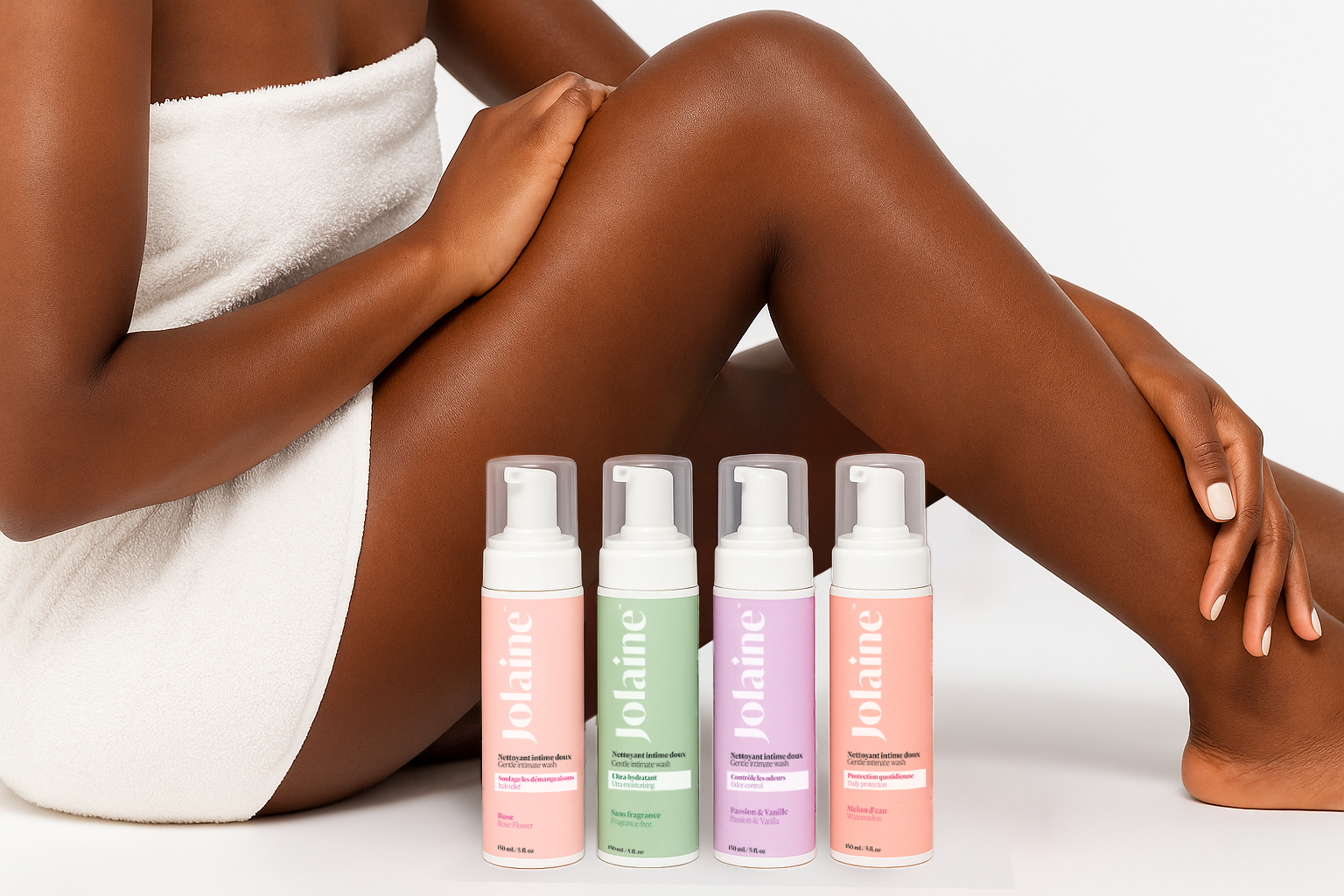Vulvar mycosis: understand and quickly relieve it
Vulvar thrush isn't uncommon. It's not serious either. But it's very uncomfortable.
Itching, redness, burning... Everyday life becomes difficult. And intimacy? A challenge.
Yet understanding what's happening helps you act quickly—and well.
A fungal infection
Candida albicans. This name may sound scary. In reality, it's a yeast. A fungus naturally present in your body, particularly in the vagina. When in balance, it doesn't pose any problems.
But when it proliferates? It becomes invasive. And that's when it causes vulvar mycosis.
Unlike a urinary tract infection, bacteria aren't the culprit here. Yeast takes over. The unbalanced vaginal flora no longer fulfills its role as a barrier.
Why does this happen?
There isn't a single cause. There are circumstances. Stress, for example, weakens the immune system. A diet too rich in sugar feeds the yeast.
Wearing wet clothing for a long time, after sports or swimming, creates a perfect climate for its proliferation.
Even hygiene plays a role. Harsh products, perfumed soaps, douching... All of these disrupt the natural pH, paving the way for infection.
Another factor? Antibiotics. They kill bad bacteria, but also good ones.
Result: the defenses fall, the flora becomes disrupted, the yeast multiplies.
How to recognize a vulvar mycosis?
The signs are often clear. It itches. It burns. The vulva may be red, sometimes swollen. You may also experience discomfort when urinating.
Or pain during intercourse. Another clue: vaginal discharge. Thick, white, odorless. A bit like cottage cheese.
If you experience these symptoms together, consider a yeast infection. It's not dangerous, but you need to take action.
When to consult?
At the first sign of doubt, if it's the first time. Or if the symptoms don't disappear after a few days.
If you experience recurring yeast infections, or if you also experience a fever, seek medical help. Your healthcare professional can confirm the diagnosis and help you find the right treatment.
The right move at the right time
In the case of vulvar mycosis, several solutions exist. They are often combined.
The goal: to restore balance.
Antifungal treatments
Available in cream, vaginal suppository, or oral tablet form. They're effective. They eliminate yeast. And they provide rapid relief. But you must complete the course of treatment, even if symptoms subside first.
Probiotics
Oral or vaginal, they help the flora rebuild. They are particularly useful after antibiotics. Or if you suffer from frequent yeast infections.
Soothing cleansing treatment
A suitable soap-free cleanser can make all the difference. Jolaine's, for example, provides gentle relief.
It soothes burning. It reduces itching. Thanks to inulin, ginseng, and rosemary, it soothes while respecting the natural balance of the intimate area.
👉 Discover the “Itch Relieves” cleansing treatment on jolainecare.com
Other measures
Drink plenty of water. Avoid sugar. Wear cotton underwear. Avoid sex until the situation improves. Your body will thank you.
And then? How to prevent it from coming back?
Once the fungus is gone, the goal is to keep it from coming back. To do this, you need to rethink your habits a little.
Wear the right clothes
Choose cotton underwear. Let it breathe. Avoid tight jeans or leggings after training. And change your swimsuit quickly after swimming.
Wash without damaging
Once a day is enough. Use a gentle, pH-appropriate cleanser. No regular soap. No perfume. No wipes.
Managing stress
It's not always easy. But taking care of your mental well-being also means protecting your body. Yoga, breathing, breaks, me-time... all these things help balance your immune system.
Eat well
Cut down on fast-acting sugars. Choose whole foods instead. And consider natural probiotics: yogurt, kefir, sauerkraut.
Your gut and vaginal flora are connected.
What if it's not a fungal infection?
The symptoms are sometimes similar. Caution is advised. A urinary tract infection can also cause burning sensation.
Bacterial vaginosis causes discharge, but with a strong odor.
Genital herpes, on the other hand, is accompanied by small blisters. If in doubt, a vaginal swab can be used to differentiate.
What not to do
Certain actions can make the situation worse. Here's what to avoid:
- Bubble baths
- Scented soaps
- Panty liners worn all the time
- Tight pants
- Unprotected intercourse during the acute phase
Gentle solutions to soothe and prevent
Want fast relief? Choose the right products.
🧼 Intimate cleanser “Relieves itching” – Jolaine: soap-free, with prebiotics, it soothes and respects.
🌿 Oral probiotics: to restore from the inside out
💧 Hydrating vulvar serum: to soothe redness
Frequently Asked Questions
Is vulvar thrush contagious?
Not really. It's not an STI. But it can be transmitted in some cases, especially if the partner also has symptoms.
How long does it last?
With the right treatment, it usually takes between 3 and 7 days. Sometimes a little longer if the infection is older or if the flora takes time to rebalance.
Should the partner be treated as well?
Not systematically. But if the yeast infection comes back after every intercourse, or if your partner has symptoms, it's best for them to consult a doctor as well.
Can it be avoided completely?
It's difficult to guarantee. But by respecting your flora, eating healthily, and listening to your body, you can greatly reduce the risks.

Thank you for reading and being part of the Jolaine Care community, where every woman deserves to feel good, beautiful and confident. 💕
Any questions? Write to us: info@jolainecare.com .
✨ Stay tuned. Follow us and discover our latest news, tips, and inspiration:
📘 Facebook | 📸Instagram | 🎵 TikTok
Gently,
The Jolaine Care team 🌿






